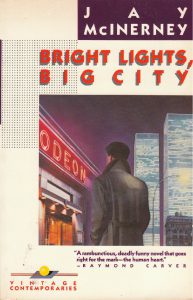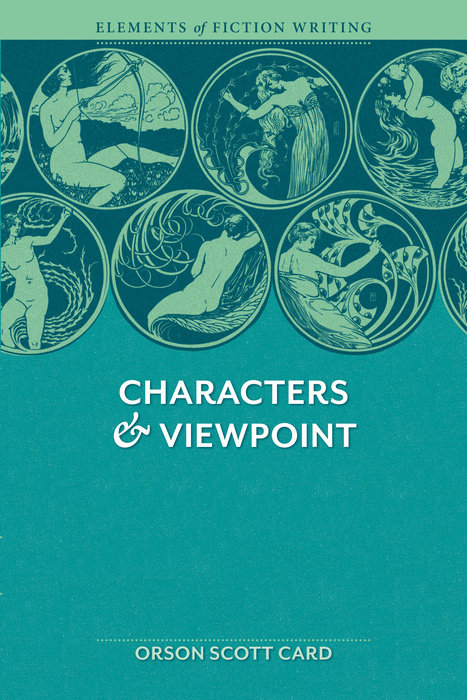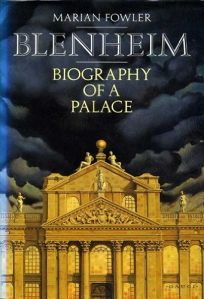Who is telling your story and why
Point of view is simply that: who is telling your story?
While that definition may be simple, sometimes choosing who is telling your story can present a conundrum to the author. Is the story better suited to first person or third person? Or is your story compelling enough it requires second person?
Perhaps a review of what those points of view actually mean, and why you might chose one, is called for.
First Person
First person point of view is easily identified as an I story, meaning there is one point of view, told from the main character, or narrator’s, perspective. For example, the opening sentence of my novel, Shadow Song:
I remember the summer I met Shadow Song was so green it hurt my eyes.

In this case, the story is told entirely from the perspective of Danielle Michelle Fleming. It is her story, and while the story she tells deeply revolves around the characters of an Anishnabe midewewin, and her uncle, Edgar Fleming, it still remains her story. We discover the world of the backwoods of 1830s Upper Canada from her perspective. We experience her adoption and inculcation into Anishnabe society, and that tight perspective very much conveys the sense of a stranger in a strange land.
Because of that point of view, the story becomes intimate, as though she were sitting across the fire relating to you her experiences.
Employing first person narrative does just that: creates intimacy. It also narrows the scope of the story because everything must be seen and experienced through the eyes of that one character. So, being able to jump into the head of a secondary character isn’t possible, which means you have to be sure your main character has a strong enough voice to carry the story.
However, it is also possible to tell your story from several points of view while still employing first person. I did just that in my novel The Rose Guardian, in which there are three distinct characters, each with their own narrative, two of which are told from first person, and the third from third, person. I chose to tell the story in that fashion in order to create a very strong sense of time and voice. It’s tricky writing, and not for the faint of heart.
Second person
Second person perspective is a you story and requires a controlled, sure narrative. It can be clumsy and a bit outré if you’re not careful, and perhaps is better suited to short fiction than a novel, simply because it can be a bit demanding for your reader. It’s an arresting point of view. Very effective if handled well. Plain silly if it’s not.

Apparently the American novelist Jay McInerney wrote his acclaimed debut novel Bright Lights, Big City in second person. I haven’t read the novel, much less know the author, so I cannot speak to the efficacy of this point of view in his work. Of course, in the end, it’s just one person’s opinion of a piece of art, and art, as we all know, is subjective.
Still, if you’re going to use second person, be very sure of your story and narrative.
Third person limited
Third person limited is the most common point of view a writer can employ, a he/she/they story. It’s an easy point of view to write, let alone read, and allows for greater creative latitude, and breadth of story, because you can choose to tell the entire story from one character’s third person narrative, or many characters by way of alternating chapters or sections between characters. It is important when writing third person limited to be sure you’re writing from one character’s perspective, and only one, in each section of your story.
Unless….
Third person omniscient
Ewww.
Sorry, was that my out loud voice?

It’s unfair of me to make that statement, because, again, art is subjective. To my taste, third person omniscient is a lazy writer’s fallback. Frank Herbert used it extensively in his epic SF series Dune. Given the huge appeal of the series, my antipathy to the point of view will seem unwarranted. And certainly other genre writers have employed this literary device. There’s nothing really wrong with the point of view. It still employs the he/she/they perspective, but switches between characters within the narrative flow so that in one paragraph the reader is experiencing one character’s actions and thoughts, and further down the page the reader is now experiencing a different character’s actions and thoughts. Omniscient. Just like the definition states.
What I personally don’t like about this POV device is the lack of character depth which occurs. I always feel as though I’m skimming across the surface of the story, being kept at a distance. It leaves me hungry, like only being able to eat the crust of a pie and not the whole thing, filling and all.
But, again, that’s just one person’s opinion.
It’s your story
Whatever point of view you choose, stick to it. Make it your own. In the end it’s your story, and only you can really know how you’re going to tell it, and who is going to be your voice.
If you’re looking for a book on the subject, I do recommend an excellent primer by Orson Scott Card: Characters and Viewpoint.
And most of all, just write.






